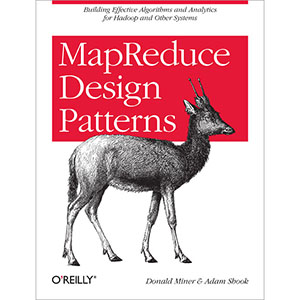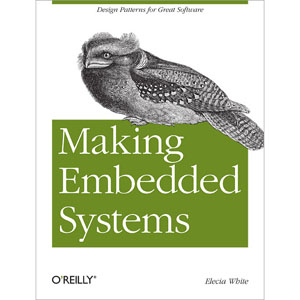MapReduce Design Patterns

Until now, design patterns for the MapReduce framework have been scattered among various research papers, blogs, and books. This handy guide brings together a unique collection of valuable MapReduce patterns that will save you time and effort regardless of the domain, language, or development framework you’re using.
Each pattern is explained in context, with pitfalls and caveats clearly identified to help you avoid common design mistakes when modeling your big data architecture. This book also provides a complete overview of MapReduce that explains its origins and implementations, and why design patterns are so important. All code examples are written for Hadoop.
- Summarization patterns: get a top-level view by summarizing and grouping data
- Filtering patterns: view data subsets such as records generated from one user
- Data organization patterns: reorganize data to work with other systems, or to make MapReduce analysis easier
- Join patterns: analyze different datasets together to discover interesting relationships
- Metapatterns: piece together several patterns to solve multi-stage problems, or to perform several analytics in the same job
- Input and output patterns: customize the way you use Hadoop to load or store data
“A clear exposition of MapReduce programs for common data processing patterns—this book is indespensible for anyone using Hadoop.”
–Tom White, author of Hadoop: The Definitive Guide
Table of Contents
Chapter 1. Design Patterns and MapReduce
Chapter 2. Summarization Patterns
Chapter 3. Filtering Patterns
Chapter 4. Data Organization Patterns
Chapter 5. Join Patterns
Chapter 6. Metapatterns
Chapter 7. Input and Output Patterns
Chapter 8. Final Thoughts and the Future of Design Patterns
Book Details
- Paperback: 230 pages
- Publisher: O’Reilly Media (November 2012)
- Language: English
- ISBN-10: 1449327176
- ISBN-13: 978-1449327170














